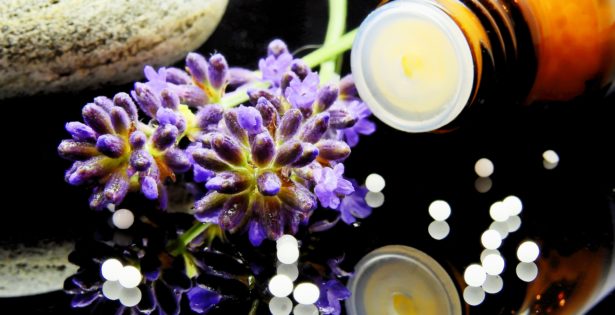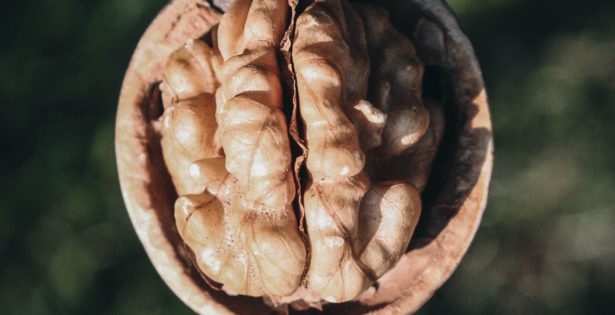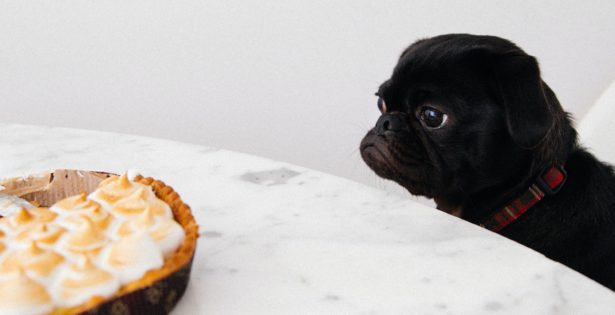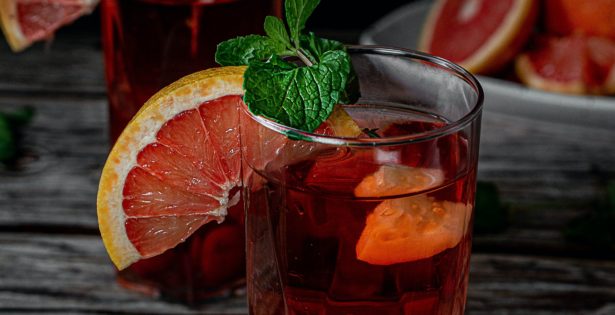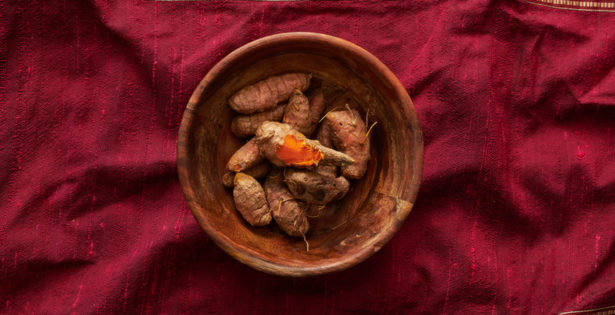I recently came across this statement on the U.S. Department of Agriculture website: “About 90% of Americans do not get enough dairy.”1 A review of dairy consumption by country shows… Read More
Nutrition
Homeopathy: What Is It and Does It Work?
One of the earliest inspirations that prompted me to go into medicine was a book called The Science of Homeopathy by George Vithoulkas. Of all the many modalities of mainstream… Read More
The Connection Between Eating and Mental Clarity
An old tai ji quan (tai chi) teacher of mine used to say, “Yi dao … qi dao … li dao,” which roughly means the focus of your mind (yi… Read More
Seven Steps for Managing the Habit of Unhealthy Eating
I love cookies of all kinds. At times my wife or kids have made a batch of cookies and – after they each tried one – I quietly finished off… Read More
16 Ways to Treat Migraines Naturally
About 25 years ago I worked for a company that made high end sports goggles. Though the front of the building was covered with posters of pro swimmers and skiers… Read More
Expect Good Things: A Practice for Getting the Most Out of Food, Medicines, and Supplements
Countless medical studies have shown just how dramatically our beliefs influence our health. People who believe they’re getting a new drug or treatment can experience improvements in mood or profound… Read More
The Bitter Truth
Bitterness is a taste most of us try to avoid. Expressions such as “bitter enemies” and “a bitter pill to swallow ” show how averse we are to this flavor…. Read More
Mind-Blowingly Good Vegetarian Gravy – and How to Leave the Table Feeling Good
It’s almost time for the Thanksgiving feast, and I know many people feel it’s a challenge to avoid gorging themselves and feeling guilty. So I’d like to offer some thoughts… Read More
How to Cleanse, Part Two: The Details
Last week I wrote about the basic principles of cleansing and why this is the ideal time of year for it. Generally, I favor cleanses that consist of reducing food… Read More
How to Consciously Cleanse
When Samuel Thomson (1769-1843) was four years old, he happened upon an herb called lobelia growing near his New Hampshire home. Curious about the seed pods, he chewed some and… Read More
The Pros and Cons of Eating Meat
My last article, on the pros and cons of eating meat, got quite a lot of comments. Clearly, it’s an issue the members of our community have given a lot… Read More
To Meat or Not to Meat?
IF WE’RE NOT SUPPOSED TO EAT ANIMALS, HOW COME THEY’RE MADE OUT OF MEAT? I saw that line on a bumper sticker when I was about 16, shortly after becoming… Read More
The Single Most Important Rule for Good Nutrition
I often wish I had time in the treatment room to teach my patients about nutrition. Nutrition is an important issue for a few reasons. First, because we’ve greatly reduced… Read More
Making Friends with Rosemary – A Tremendous Botanical Ally
It’s been a while since I’ve profiled an herb in our newsletter, and I felt inspired to write about rosemary for the holiday season. I have been drawn to rosemary… Read More
I’ve Been Taking Turmeric for a Year But Still Haven’t Found My Soulmate!
Over the past few decades we’ve seen a number of trends in popular supplements and so-called “superfoods.” First there was ginseng and echinacea, then ginkgo and St. John’s wort, then… Read More



 Cart
Cart
